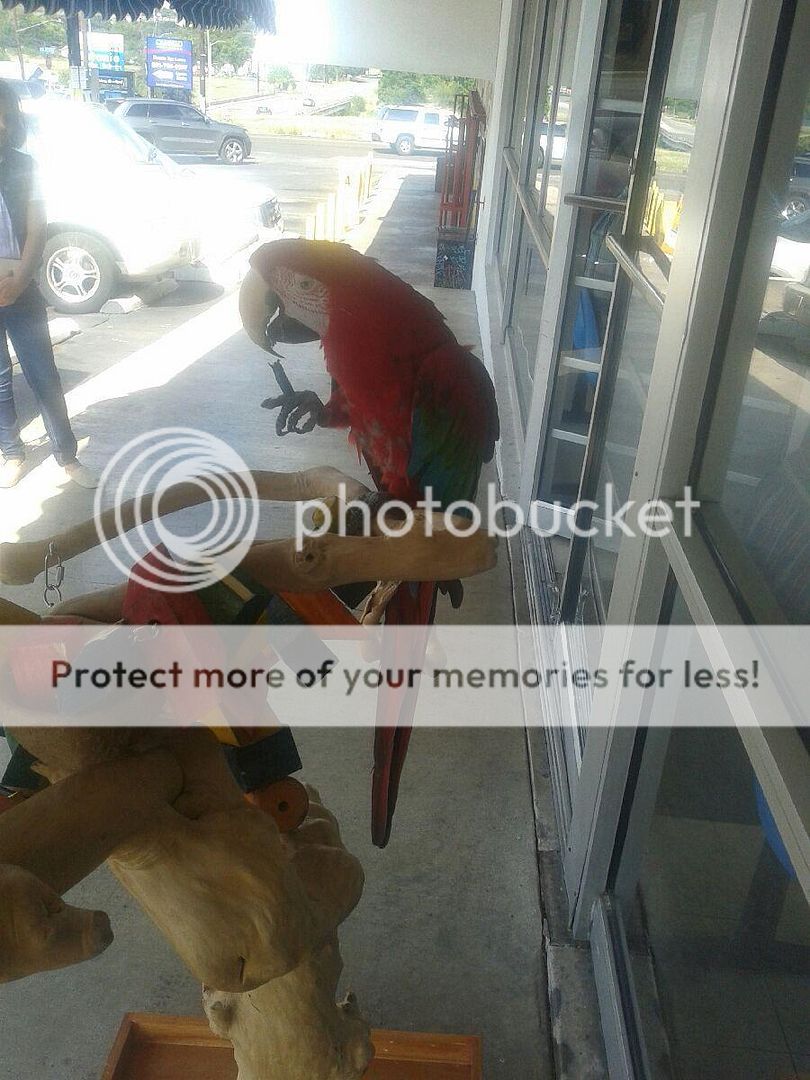Mallory
New member
- Jul 31, 2015
- 141
- 0
- Parrots
- YNA hen "Greenleaf", Black Capped x Green Cheek Hybrid "Eva", CAG (hatched 1/1/2016), European Starling "Koda"
Enjoyed that. Setting boundaries for a caique? LOL
Good luck with that. Its a wild animal and doesnt give a fig for your boundaries.
What is it the French horseman said in the Monthy Python sketch?. " Hah, I break wind in your general direction!"
a caique will break wind in the general direction of your orders, instructions, and silly commands.
your only hope is DISTRACTION!
If I can set clear boundaries with the wild-born bobcats I work with daily, it is possible to set boundaries with a tiny captive bred parrot. Your posts are always so extreme, yet let's face it, all animals are trainable with a good understanding of negative punishment and positive reinforcement (I have even used it with snakes, invertebrates, etc. to some degree). It's just knowing how to work with each animal and what is positively and negatively motivating to that animal. Sure, caiques may be a more challenging parrot but certainly not the most and then there are so many "exotic pets" that are again more behaviorally challenging and/or dangerous than parrots. Setting a new user up with the belief that their caique will be a raving lunatic is hardly fair, and while I don't own one myself I have met a good bunch of happy caique owners in person.
To the OP, honestly potty training is more useful to avoid messes. A bird will understand that you took it out because it went potty if you time the process right, yet sometimes they just don't need to go and your bird can't magically form more feces on cue! No, the bird will not wait and hold it in for hours, but since pooping is intrinsically rewarding to most animals potty training can honestly be a more complex behavior to train. Boundaries are easier set with things like time outs (a form of negative punishment - taking away something the bird enjoys in response to bad behavior). Also look into positive reinforcement training (often called "clicker training") as this is a great way to encourage good behavior and to build a bond with your bird.

